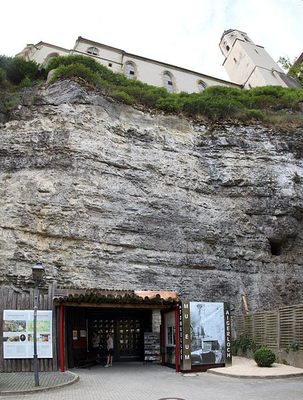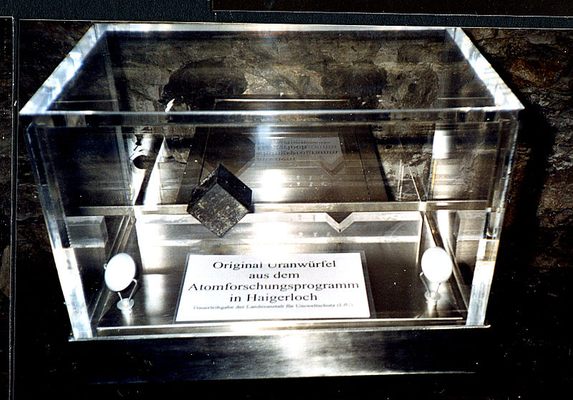About
In the late days of World War II, German nuclear research was moved to the beer cellar of a castle in the small south German town of Haigerloch. Today, the space holds the Atomkeller Museum, an exhibition of atomic history complete with a replica of the test reactors and various other artifacts.
As World War II was winding down, Berlin was besieged by bombing runs. As a result, German scientists working on creating a nuclear reactor at the Kaiser Wilhelm Institute of Physics had to find a safer space to continue their research. Thus, in 1944, the operation packed up and moved to the small town of Haigerloch in the south of Germany.
The historic little town was home to a palace castle built atop a high cliff, and the beer cellar built into the base of rock beneath the manse provided an ideal, if cramped space to continue their work. The small town was far from the fighting, and the rock provided terrific natural protection for their experiments.
The goal of the scientists was not to create a nuclear bomb, but to invent a nuclear reactor using long strings, knotted with hundreds of cubes of uranium. The dangling strands would be dipped into a tank of water like an atomic teabag, and the scientists would then trigger a nuclear reaction.
After the war, the site was spared from destruction, and stands today as a museum to the former lab. There is a full-size replica of the reactor, and even two of the original uranium cubes on display. The museum is an impressive site if for nothing else than to see how much science the researchers were able to accomplish in a simple disused beer cellar.
Related Tags
Published
June 22, 2015



























